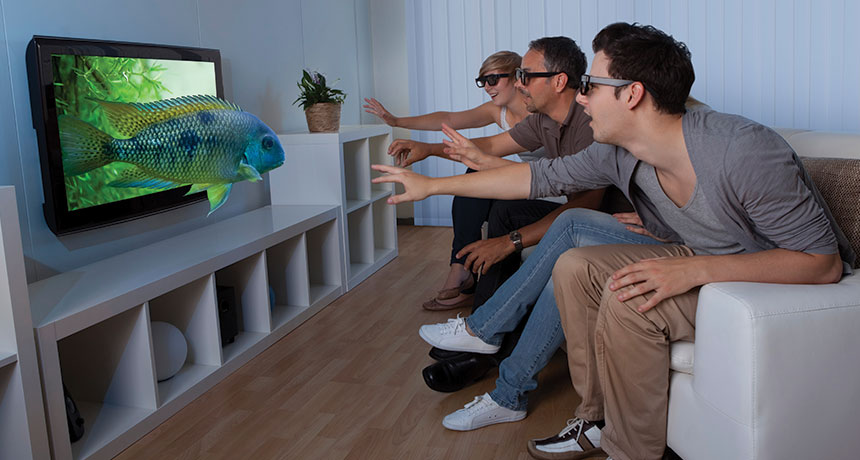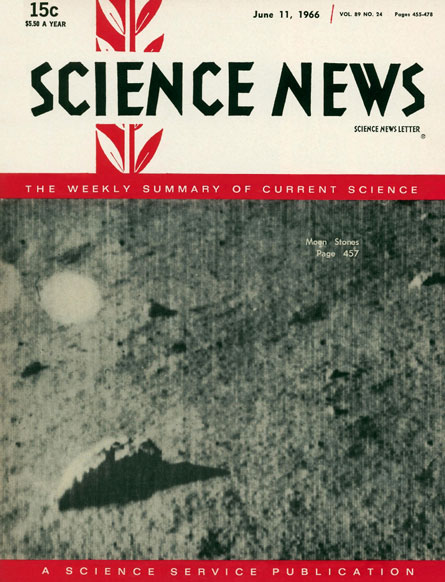3-D TVs are a work in need of progress
Excerpt from the June 11, 1966, issue of Science News

NOT YET IN 3-D Though holography has been around since the 1960s, three-dimensional television broadcasts still face technological barriers today.
Andrey Popov/istockphoto
 3-D Home TV Foreseen — The pace of new developments in the recently revived method of photography known as holography is so fast that three-dimensional television sets portraying life-size scenes could be a reality before 1984, as was predicted in George Orwell’s novel….
3-D Home TV Foreseen — The pace of new developments in the recently revived method of photography known as holography is so fast that three-dimensional television sets portraying life-size scenes could be a reality before 1984, as was predicted in George Orwell’s novel….